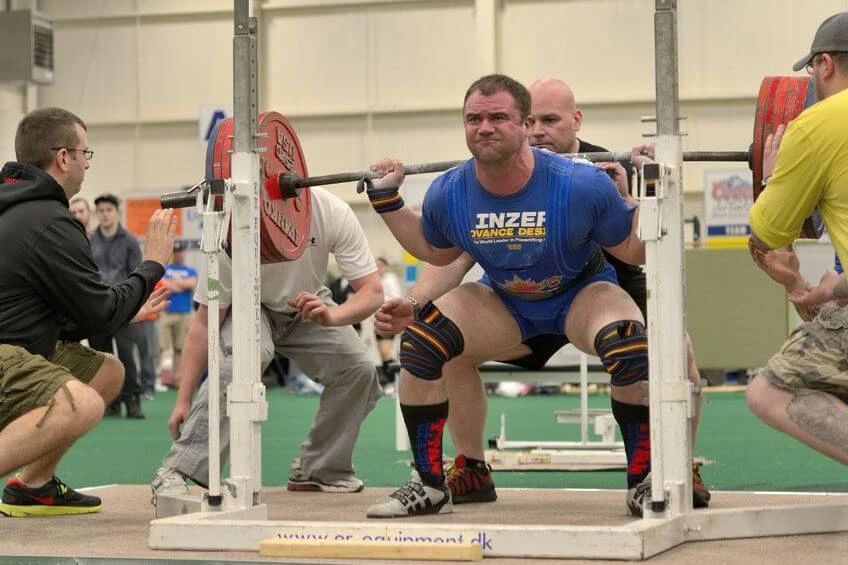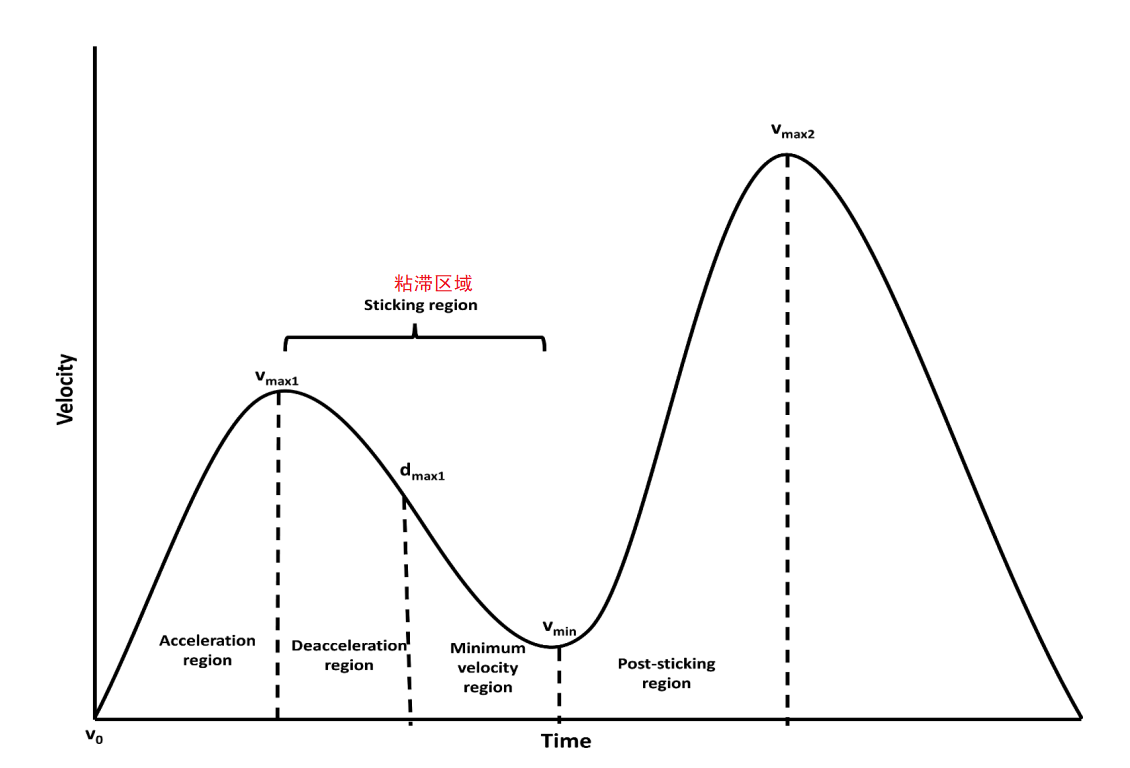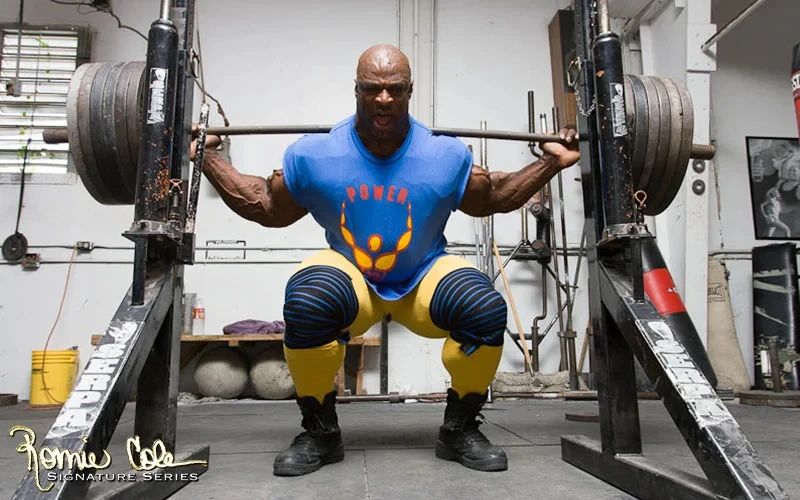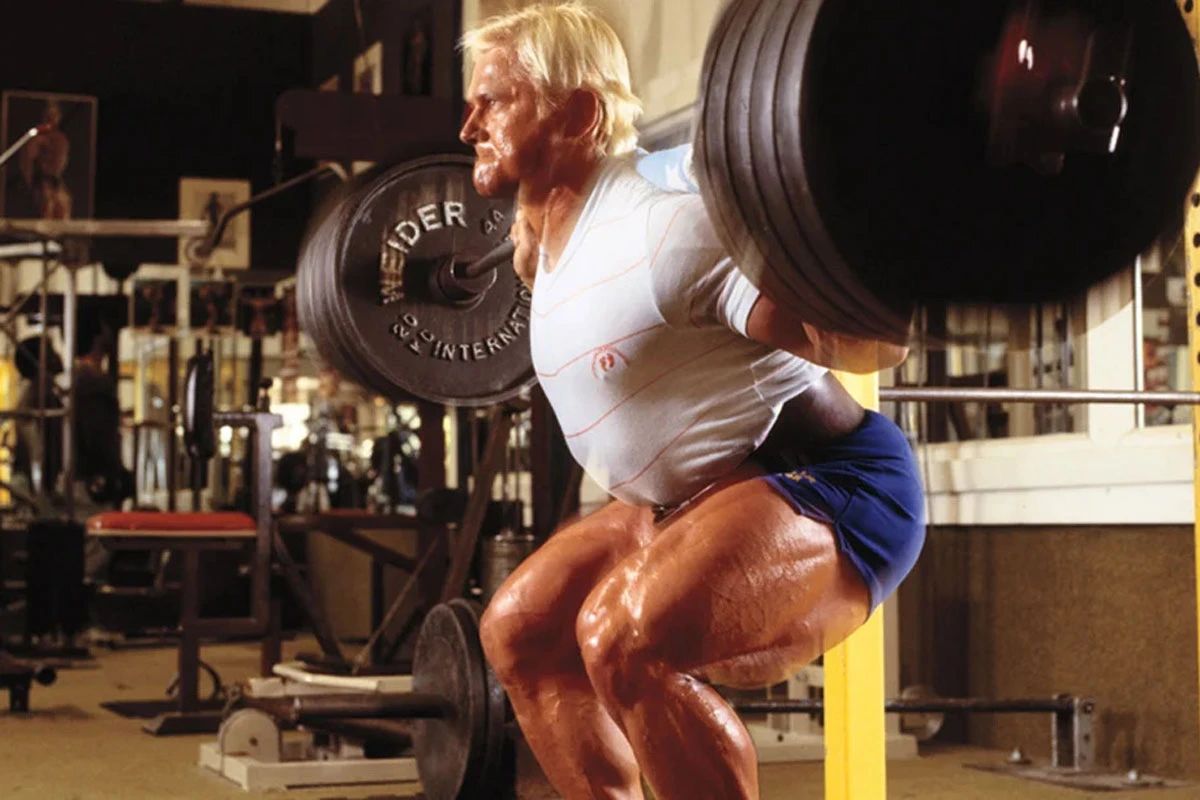-
- BoldMast EnanMast PropNandro DecaNandro PPPrimobolanSustanonTest CypTest EnanTest propTren AceateTren BlendTren ETren Hex
- AnadrolAnavarArimidexClenbuterolClomidDianabolProvironStanozololT3Tadalifil
Strength Exercise Topic: A Brief Analysis of Joint Mechanics in Squatting
Views: 1 Author: Site Editor Publish Time: 2024-09-11 Origin: Site


Squatting is a multi joint composite movement that can effectively train lower limb strength and increase the amount of lower limb training. Therefore, almost all types of athletes, strength trainers, and fitness enthusiasts will practice squats. The more common forms of squats are the high bar position (i.e. the technique of placing the barbell on an upward slope), the moderate standing distance (i.e. the distance between the feet is equal to or slightly wider than the shoulder width), and the traditional squat with hip and knee extensions (hereinafter referred to as squat). According to the different standing speeds, we can divide squats into three different stages: bottom acceleration zone, sticking point, and top deceleration zone.

Bottom acceleration stage: As the previous stage is the centrifugal stage of squats, the muscles undergo a stretching reflex during the process of descending to the bottom and turning to stand. This process releases the elastic potential energy of the muscles, allowing the body to have a certain initial velocity when standing up. At the same time, the muscles also begin to do centripetal work. The combination of the two results in a faster upward speed of the barbell. Stickiness point: According to the definition in textbooks, a stickiness point refers to the moment when a muscle experiences a moment of exhaustion (maternal muscle failure). As the squat rises to a certain height, the preceding elastic potential energy of the muscle gradually releases, leaving only the muscle to actively contract and do work to provide subsequent speed. If the force generated by the active contraction of the muscle cannot resist the resistance of the barbell, then the standing motion will become "stuck", that is, the athlete and barbell will be deadlocked in one position, unable to continue rising or temporarily not crushed, and the motion will be "stuck". The slowest speed of the action also occurs at this stage. Post stickiness stage: If the athlete successfully breaks through the stickiness point and continues to lift the barbell upwards, the movement speed will be much faster than the stickiness point stage. After continuing to stand up, since all joints have reached their maximum extension position, muscle contraction has also reached its maximum, and it is close to standing straight. Therefore, the barbell speed rapidly decreases until it reaches zero, and the athlete stands completely straight.

The main power joints in squats are the hip and knee joints, and both the quadriceps and hip joints can generate significant lift. So, what is the distribution of force between these two joints in traditional squats? A 2012 study on female athletes showed that when using lighter weights for squat training, the quadriceps (i.e. knee extensor muscle group) contributed the most to lift; As the weight increases, the proportion of hip joint participation also increases.
A recent study in 2022 also explored the contribution ratio of knee and hip joint strength during squats. Researchers had 12 experienced male trainers perform squat training and had them attempt to lift 90%, 100%, and 102% of their respective 1RM.
The experimental results showed that as the weight of the barbell increased, the speed of the sticking point also slowed down (which meant that it became increasingly difficult to stand up), and the weight increased. The external torque of the hip extensor muscles also increased (while knee extension and toe flexion remained stable). Most importantly, at a weight of 102% RM, the electromyographic response of the hip extensor and lateral thigh muscles was the weakest during the stage of minimum movement speed.

During the standing phase of squats, both the knee and ankle joints exert force simultaneously, creating a velocity peak that drives these two joints to begin extending. However, at this point, the hip joint does not extend at the same angular velocity (compared to a 22% angle change in the knee joint corresponding to a 5% angle change in the hip joint). The extension angle of the knee joint is greater than that of the hip joint, resulting in a more pronounced forward leaning of the trunk.
As the weight increases, the resistance moment of hip extension also increases. The result of extending the knee too quickly is that the angle of the hip joint itself is small, and the resistance arms of the hip extensor muscles (gluteus maximus and hamstring muscles) are very small: that is, the hip extensor muscles are at an unfavorable angle for exerting force. That is to say, the heavier the squat weight, the more difficult it is to exert force on the hip extensor muscle group, which is also the reason why it is difficult to break through the sticky point in heavy squats.
Through this experiment, we learned that in high-intensity squats (such as 102% 1RM), the external torque of the hip joint increases, which weakens the hip extension force and leads to slower standing speed at the sticking point. Furthermore, for compound movements, different training intensities will bring different joint contributions, not only in squats, but also in bench presses (shoulder joint vs elbow joint). Understanding this is of great significance for improving the performance of compound movements.
QUICK LINKS
NEWSLETTERBe the first to receive updates on new arrivals, special promos and sales.Sales: order@frontlinestandard.net
After sale: contactus@frontlinestandard.net








